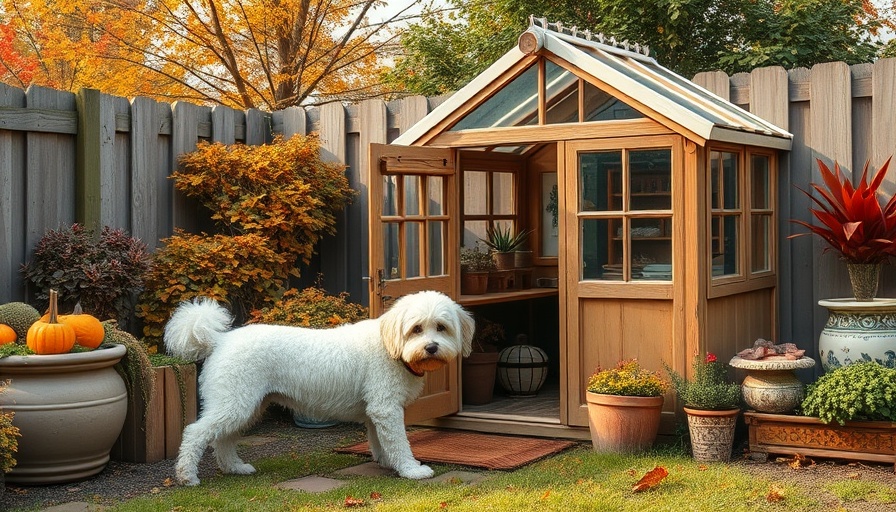
Transform Your Backyard: The Essential Guide to Mini Greenhouses
Imagine stepping out into your backyard and being greeted by an lush oasis of greenery, vegetables, and fragrant herbs, all sheltered from the unpredictable whims of weather. A mini greenhouse offers not only a practical solution for extending your gardening season but also a creative outlet for those who crave a connection to nature. But before you dive into construction, let’s explore the fundamental steps and considerations for reaping the most from this compact garden gem.
Choose the Right Spot: Sunlight is Key
Think of sun as the lifeblood of your mini greenhouse. To achieve that year-round bloom, opt for a south-facing location where you can guarantee at least six hours of direct sunlight daily. According to the University of California, such spots provide the most reliable exposure and warmth, allowing you to cultivate even in winter’s chill. This positioning not only maximizes growth potential but also minimizes the risks associated with fluctuating temperatures.
Consider Wind Protection: Design for Durability
Wind can be a formidable enemy to your new greenhouse. Strong gusts are not just annoying; they can jeopardize the structural integrity of your greenhouse, especially in an open yard. To mitigate this risk, utilize nearby walls, fences, or shrubs to guard against harsh winds. Not only does this help maintain a stable environment inside, but it also contributes to the longevity of your structure.
Planning Your Layout: Make Space Work for You
Before you start building, make sure to mark out the layout using stakes or string. This initial step visualizes the footprint and ensures it integrates gracefully with existing landscaping. Choose what to grow, factoring seasonal shade shifts and your gardening goals into your design. Your layout should allow easy access—ideally, position the greenhouse within 25 to 50 feet from your home or garden beds.
Materials Matter: Invest in Quality
When it comes to building your mini greenhouse, the materials you choose can greatly affect performance and maintenance. Polycarbonate panels are a noteworthy option, offering superior insulation and durability. They safeguard your plants from temperature extremes while allowing sufficient light penetration. Investing in quality materials not only enhances the greenhouse's effectiveness but also reduces long-term upkeep costs.
Unique Benefits: Why You Need a Mini Greenhouse
Besides the obvious advantages of protecting your plants from pests and erratic weather, mini greenhouses offer more. They provide opportunities for experiments. Want to grow exotic plants that wouldn’t normally thrive in your climate? A mini greenhouse creates the perfect microclimate. Also, gardening inside a greenhouse allows you to better control variables like humidity and temperature, leading to healthier plants and bigger harvests.
Expert Insights: Landscaping Ideas That Shine
Integrating your mini greenhouse into your backyard design goes beyond mere placement. Think about surrounding it with complementary plants and landscaping features. Consider building raised beds nearby or incorporating a gravel pathway that directs foot traffic while enhancing aesthetics. The right landscaping can create a harmonious environment that elevates the entire appeal of your outdoor space.
Actionable Steps: From Idea to Reality
Turning your concept into a reality can be invigorating. Start by gathering all necessary tools and supplies, checking the weather forecast and picking a construction weekend accordingly. Engage family members to help, which can turn this project into both a fun and educational experience for everyone. Don’t forget to document your progress to inspire others and reflect on your successes!
Conclusion: Embrace the Possibilities
Creating a mini greenhouse is more than just an outdoor project; it represents an opportunity for growth, creativity, and enjoyment. Embrace the possibilities ahead as you embark on this transformative journey in your backyard. Not only will your plants thrive, but you’ll also enjoy the satisfaction of creating your own personal haven.
 Add Row
Add Row  Add
Add 




Write A Comment